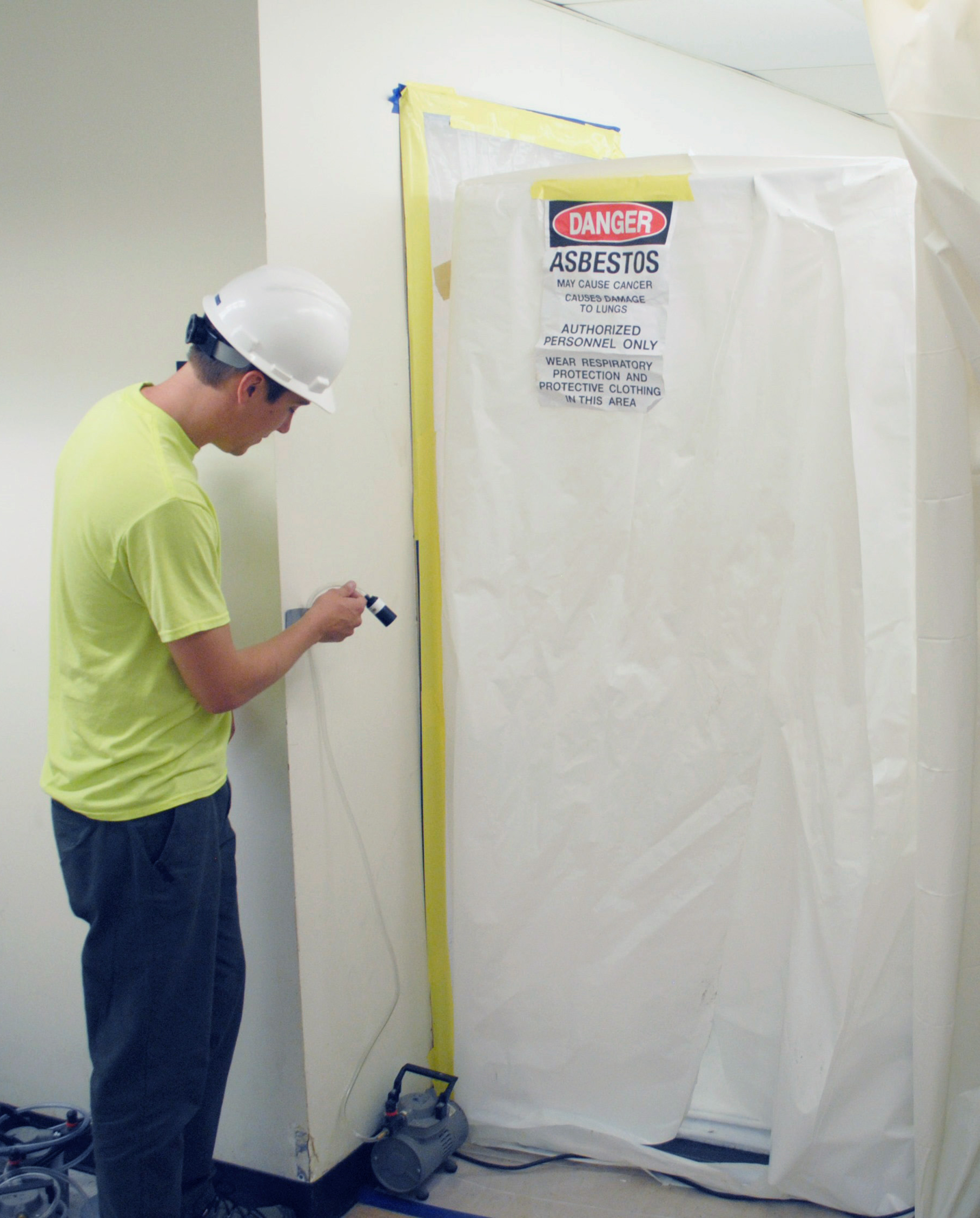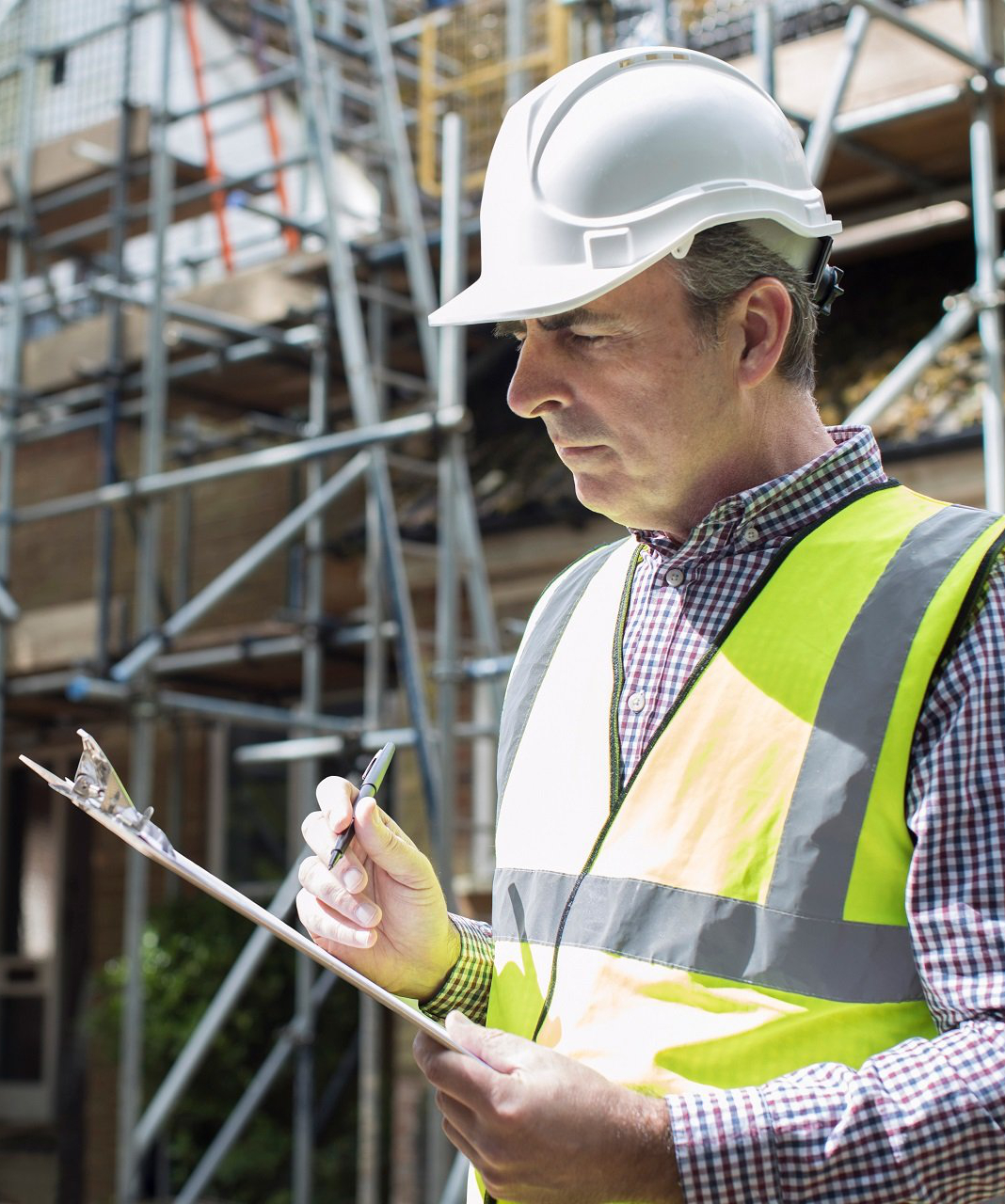
Hazardous Building Materials Assessment
A wide range of building materials can be hazardous to human health and/or the environment. The purpose of a Hazardous Building Materials Assessment is to identify substances that could pose a threat to occupants or workers during a renovation or demolition project. A Hazardous Building Materials Assessment will identify ACMs, lead-based paint, Poly-Chlorinated Biphenyls (PCB), mercury, silica, mould, ozone-depleting substances, and radioactive materials.
Prairie Environmental’s extensive experience keeps testing costs down by safely limiting the number of samples collected, while ensuring regulatory requirements and safety margins are maintained. A Hazardous Building Materials Assessment includes the following components:
- Conduct on-site inspection to identify of all hazardous materials detailed above
- Conduct representative bulk sampling of Hazardous materials
- Employ chain-of-custody protocols to submit bulk samples to an accredited laboratory for conclusive hazardous materials identification testing
- Provide a professional accredited report outlining inspection findings, interpret and convey laboratory results, and deliver recommendations regarding the management of hazardous materials removal in accordance with Provincial or Federal regulations
A Hazardous Building Materials Assessment mitigates the risk of accidental exposure by providing recommendations for their removal while meeting regulatory requirements. Hazardous Building Materials Assessments can be comprehensive or limited to meet the scope of each project.
Mould Assessments
Certain mould types are extremely hazardous and cause allergic reactions or release deadly mycotoxins. In fact, mycotoxins can result in liver and/or central nervous system damage, cancer, and death. While some events that result in high levels of mould are obvious (e.g. flooding), others can go unnoticed until renovation or demolition activities occur. Accordingly, if mould is suspected at any stage of the project, it is essential to perform a Mould Assessment.
Mould Assessments and Analytical Testing
Prairie Environmental is the leading expert in Mould Assessments. A combination of visual identification and airborne mould sampling is performed to identify the location and extent of mould contamination throughout the building. Mould samples are analyzed in an accredited laboratory, results are interpreted, mould species are identified, and Prairie Environmental provides a professional report outlining the actions required for mould abatement in accordance with the Regulations and Guidelines.
Mould Abatement Oversite and inspections
Improper mould remediation can cross-contaminated unaffected areas and further compound the problem. As a result, once a mould abatement strategy is identified, Prairie Environmental will supervise abatement contractors to ensure that a safe and sufficient abatement is performed and that procedural Guidelines and Regulations are met. Following abatement, Prairie Environmental performs a Clearance Airborne Mould Spore Test to confirm that all targeted areas were properly abated, and that professional cleaning procedures were performed.

Phase I ESA
Phase I Environmental Site Assessments (Phase I ESA) are typically completed before a property transaction and to identify potential environmental liabilities that may be associated with a property’s current or historical use (e.g. gas station, landfill, etc.).
Phase I ESAs review current and historical property information and surrounding-property information be reviewing several documents including:
- Historical Aerial Photographs
- Fire Insurance Plans
- Henderson Street Directories or Land Titles
- Environmental/Regulatory Registries
- Local Geology and Hydrology
- Previous Environmental Reports Pertaining to the Site (if available)
In conjunction with the historical and regulatory document review, an on-site reconnaissance is performed to visually identify environmental concerns. Interviews of on-site Personnel are conducted, and the property’s current and historical uses are determined and curated.
Prairie Environmental provides a professional report outlining the findings and provides final recommendations and conclusions. The methodology followed by Prairie Environmental is based upon the CSA Standard Z768-01 and its updates.


